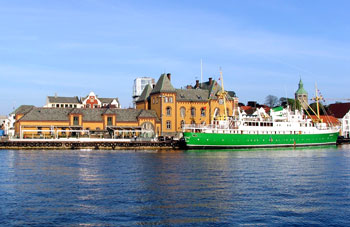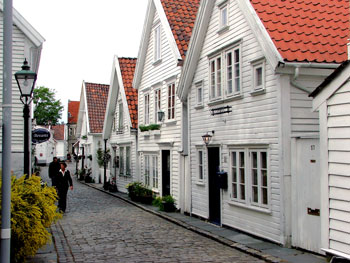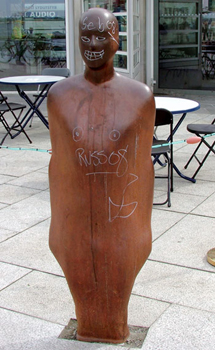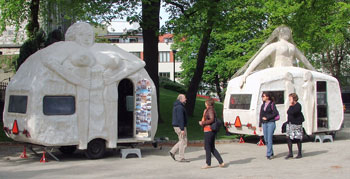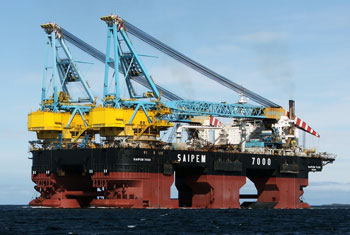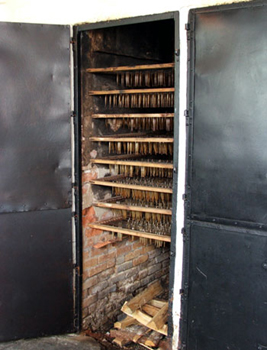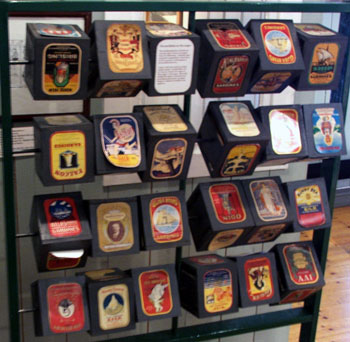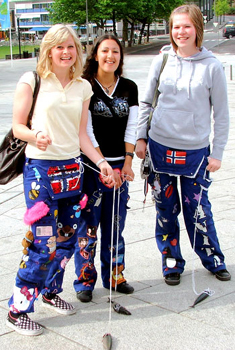 |
 |
 |
Stavanger was our first stop after crossing from Sweden to Norway. It's on the southwestern coast of the country. It's generally believed that Stavanger was an economic and military base as early as the ninth and tenth centuries. Though Stavanger was a religious center, its importance declined with the Reformation, and the bishopric was moved to Kristiansand in the early seventeenth century.
